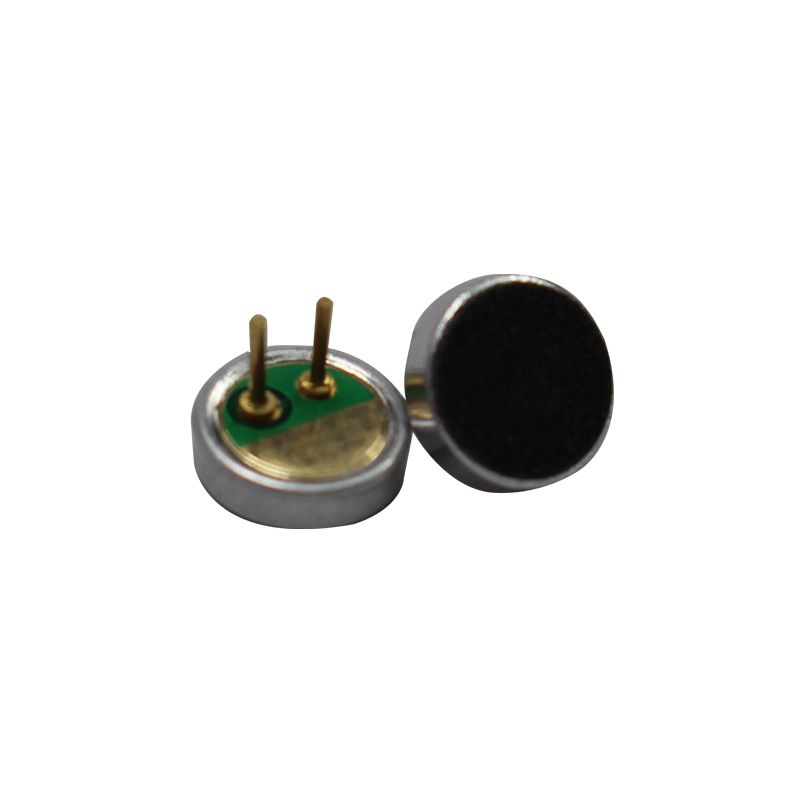Electret condenser microphones (ECMs) are available in several polar patterns, each influencing the microphone's directional sensitivity and its ability to capture sound from different angles. The choice of polar pattern depends on the specific recording or capturing requirements of the application. Here are the main polar patterns available in electret condenser microphones and their effects on directional sensitivity:
Cardioid Polar Pattern:
The cardioid polar pattern is one of the most common patterns found in electret condenser microphones. It is heart-shaped and exhibits high sensitivity to sound sources directly in front of the microphone (on-axis), while attenuating sounds coming from the sides and rear (off-axis).
This directional sensitivity makes cardioid microphones ideal for capturing sound from a single source, such as vocals or solo instruments, while minimizing unwanted ambient noise and room reflections.
Cardioid microphones are commonly used in studio recording, live sound reinforcement, podcasting, and broadcasting applications.
Omni-directional Polar Pattern:
Omni-directional electret condenser microphones have equal sensitivity to sound from all directions, offering a 360-degree pickup pattern.
Unlike cardioid microphones, omni-directional microphones capture sound uniformly from all angles, making them suitable for capturing ambient sound, group vocals, or general room miking.
Omni-directional microphones are often used in conference recording, environmental recording, field recording, and situations where capturing a natural sense of space is desired.

Supercardioid and Hypercardioid Polar Patterns:
These polar patterns are variations of the cardioid pattern, exhibiting narrower pickup angles and more pronounced directionality.
Supercardioid and hypercardioid microphones have enhanced sensitivity to sound from the front while providing greater attenuation of off-axis sound compared to cardioid microphones.
They are commonly used in live sound reinforcement, theater productions, and studio recording for capturing sound sources with higher levels of ambient noise or stage bleed.
Bi-directional (Figure-8) Polar Pattern:
Bi-directional electret condenser microphones have equal sensitivity to sound from the front and rear while rejecting sound from the sides.
This polar pattern captures sound from both the front and back of the microphone while attenuating off-axis sound, making it suitable for stereo recording techniques such as Mid-Side (M-S) and Blumlein stereo.
Bi-directional microphones are often used in broadcast, film production, and stereo recording applications where capturing sound from two opposing directions is desired.


 EN
EN  English
English Deutsch
Deutsch 中文简体
中文简体
